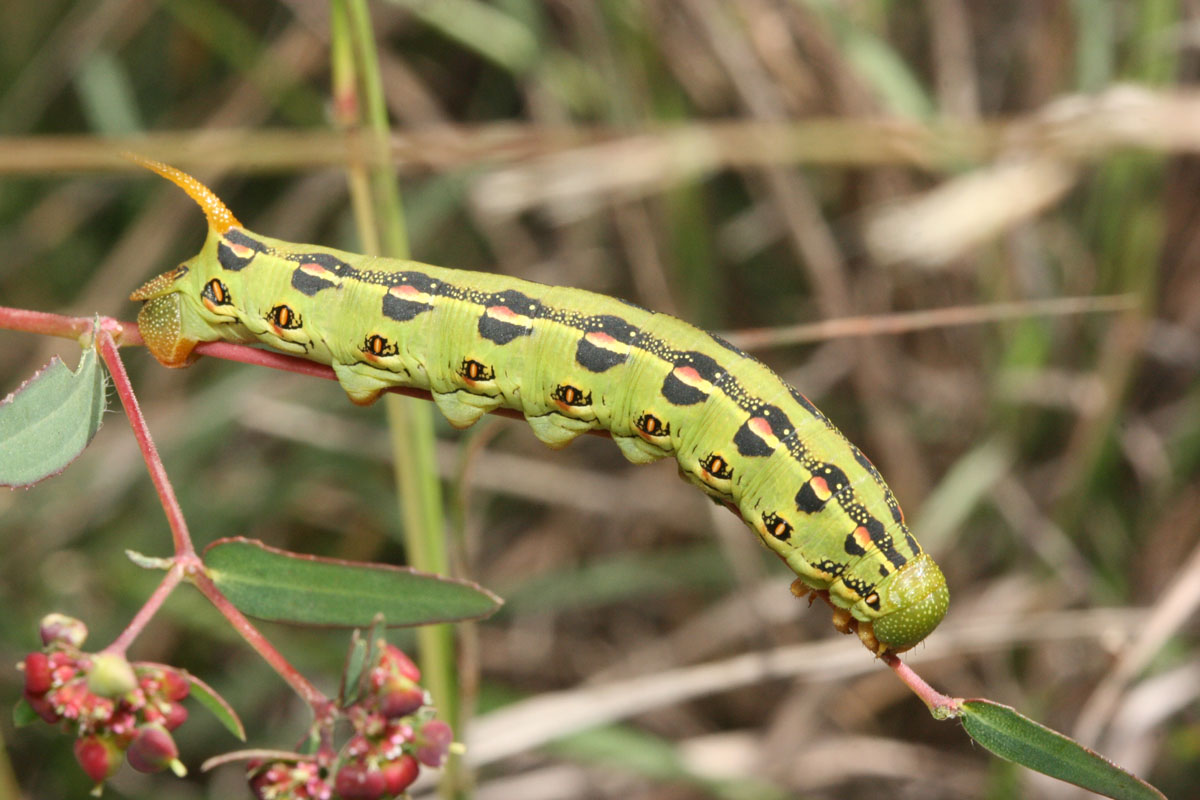
Although many gardeners might shudder at the thought of caterpillars in the garden, native caterpillars are rarely serious pests to backyards trees and shrubs, and they provide an essential food source for song birds.
We all have more power than we might think. In a world where so many things seem out of control, anyone with a small plot of land, or even an apartment balcony with room for a few potted plants can make a small but significant difference in our environment.
What we plant in our gardens can do more than just look pretty. By selecting the right plants we can sustain native pollinators and attract butterflies. We can create habitat for birds and reptiles and other small animals.
Imagine a songbird wanting to make a nest in your backyard. Besides a place to weave a nest, a mother bird needs food for her young. By far the most important protein source for song birds (including some species that are principally seed-eaters as adults) are caterpillars. Butterfly and moth caterpillars are normally quite abundant in a natural woodlot or forest, or prairie. But in urban areas where many of the planted trees are exotic species that sustain few native caterpillars, pickings can be scarce for nesting birds.
Many people don’t know that you can increase the carrying capacity of your backyard for birds by simply taking care to plant native trees and woody shrubs. Dr. Doug Tallamy, University of Delaware, has documented this phenomenon in his book, Bringing Nature Home. Tallamy also provides a useful list of woody and herbaceous plant genera and their relative attractiveness to caterpillars. Oaks lead the list with over 500 butterfly and moth species that depend on oaks for survival. Even though this list was compiled for the mid-Atlantic states, many of these plant genera do quite well here. The birds will thank you.
Besides birds, bees need our help in urban areas too. Loss of habitats, climate change and limited water are contributing to shrinking ranges and declining numbers of many unique and beautiful pollinator species. Case in point, the rusty patched bumble bee went on the endangered species list this week, the first bumble bee to be so listed.
The Horticultural Research Institute maintains a listing of plants that bees like best. This is a great place to start when planning a new garden. The HRI chart is organized by bloom time, which can help you ensure that you have plants blooming throughout the growing season–an important requirement for bees and other beneficial insects. It also lists trees and shrubs that attract few bees, like forsythia, roses, and hydrangea.
If you want to do good and feel your power multiplied, consider joining the million pollinator garden challenge a campaign to register a million public and private gardens and landscapes to support the survival and preservation of pollinators. The Pollinator Partnership even provides Ecoregion planting guides that you can download and use for even more plant ideas. According to the website, we in north Texas and Oklahoma belong to the Prairie Parkland (subtropical) Province (though I’d just call it “hot and flat”).
So let’s get out their this summer and change something we can change–our own back yards.
